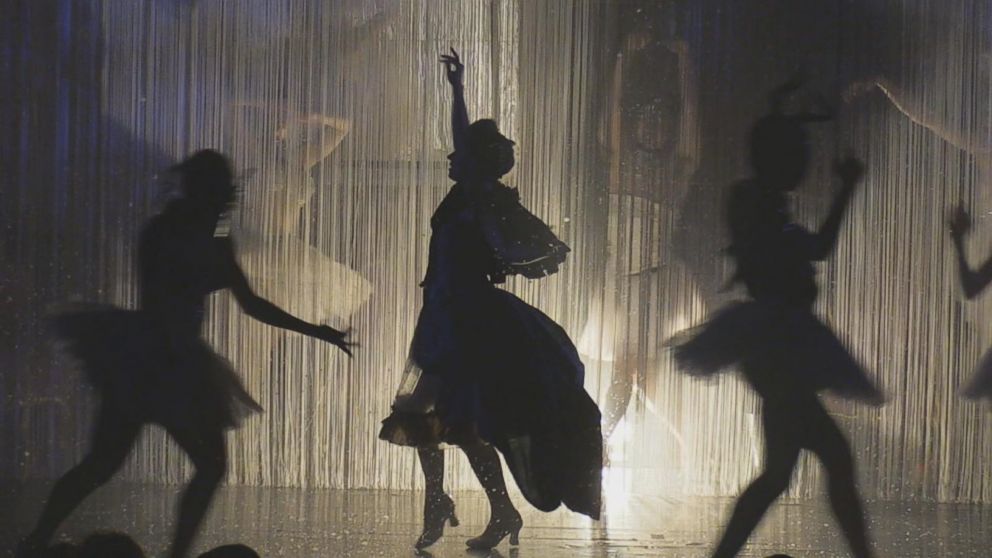The Art of Extravagance, Satire, and Empowerment

Burlesque, with its tantalizing blend of humor, satire, glamour, and sensuality, has captivated audiences for centuries. Rooted in a rich history that spans cultures and continents, burlesque has evolved from its early forms into a multifaceted art form that celebrates both entertainment and empowerment.
Burlesque, as an art form, can trace its origins to the 17th century in Europe. Initially, it was a literary and theatrical form that parodied or exaggerated elements of traditional drama and literature. In the 19th century, burlesque evolved into a variety show that combined elements of comedy, satire, music, and dance. It often featured bawdy humor and playful subversion of social norms.
The late 19th and early 20th centuries witnessed the rise of American burlesque, particularly in cities like New York and Chicago. This period, known as the "Golden Age of Burlesque," featured extravagant productions with elaborate costumes, chorus lines, and headlining acts. Prominent burlesque performers like Gypsy Rose Lee and Mae West became icons of the era, challenging societal norms and championing female empowerment.
Striptease and Sensuality
One of the defining features of burlesque during this era was the introduction of striptease. Performers would use humor and theatrics to gradually disrobe, often satirizing the moral values of the time. Striptease became a symbol of personal agency and rebellion against societal constraints.
Cultural Impact and Transformation
As the 20th century progressed, burlesque faced challenges and transformations. The mid-20th century saw a decline in traditional burlesque as it faced increased censorship and competition from other forms of entertainment. However, the spirit of burlesque endured, and in the late 20th and early 21st centuries, it experienced a revival.
Burlesque Revival and Modern Empowerment
Contemporary burlesque has reinvented itself as a celebration of body positivity, self-expression, and female empowerment. Performers embrace their bodies, challenge beauty standards, and use burlesque as a platform for individuality and creativity. Modern burlesque shows often include diverse acts, welcoming performers of all genders, orientations, and backgrounds.
Variety and Creativity
Today's burlesque showcases a wide range of styles and themes. Performers craft acts that incorporate elements of comedy, cabaret, dance, and satire. Each act tells a unique story, whether through nostalgic tributes to classic burlesque or cutting-edge social commentary.
Empowerment and Inclusivity
Burlesque has emerged as a powerful force for empowerment and inclusivity. Performers and producers emphasize consent, body positivity, and diversity. They create spaces where artists and audiences alike can feel safe, celebrated, and free to express themselves.
Burlesque, with its illustrious history and modern resurgence, stands as an art form that encapsulates the spirit of extravagance, satire, and empowerment. From its early origins as a form of theatrical parody to its transformation into a celebration of individuality and sensuality, burlesque has continually evolved to reflect the changing times. It offers performers and audiences alike a space to challenge norms, embrace diversity, and revel in the power of self-expression. As burlesque continues to captivate hearts and minds worldwide, it reminds us that the art of celebration, satire, and self-empowerment is as timeless as it is alluring.
